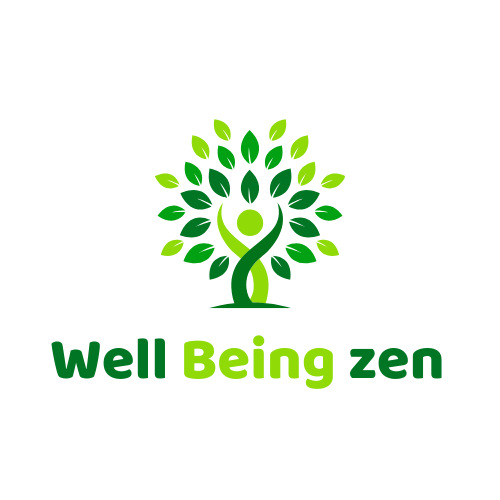Understanding the health benefits of using stairs instead of the elevator can transform one of the most common daily choices into a powerful act of self-care. It’s the middle of the night in Pune, a perfect time for quiet reflection on how we can weave more wellness into our busy lives without needing a drastic overhaul. We often think that getting fit requires a gym membership or a complicated workout routine, but what if one of the most effective fitness tools is already part of your daily commute, your apartment building, or your shopping mall?
In our modern world, we are conditioned to choose convenience. The button for the elevator is an automatic, thoughtless press. But in that brief moment of decision lies a powerful opportunity—an opportunity to choose strength, vitality, and health.
This isn’t about shaming the choice of convenience; it’s about illuminating the incredible, science-backed benefits of consciously choosing the path of movement. Let’s explore why taking the stairs is one of the simplest and most profound “health hacks” available to us.
Table of Contents
Your Daily Crossroads: More Than Just a Choice of Path
Every day, you face this simple crossroads: the static, passive wait for the elevator, or the dynamic, active journey up the stairs. It may seem like a small choice, but when you make it consistently, the cumulative effect on your health is nothing short of remarkable.
Choosing the stairs is a powerful form of what experts call NEAT (Non-Exercise Activity Thermogenesis)—the energy we burn through daily activities that aren’t formal exercise. By increasing your NEAT, you actively combat the negative effects of a sedentary lifestyle, one step at a time.
7 Key Health Benefits of Using Stairs Instead of the Elevator
Here are seven compelling reasons to rethink that elevator button and embrace the climb.
1. Strengthens Your Heart and Lungs (Cardiovascular Health)
Climbing stairs is a form of vigorous cardiovascular exercise. It gets your heart pumping and your lungs working, which is fantastic for improving your overall cardiovascular fitness. Regular stair climbing can help to lower bad cholesterol, increase good cholesterol, and reduce your risk of high blood pressure and other heart-related conditions.
2. Tones Your Lower Body Muscles
Stair climbing is a fantastic resistance exercise that uses your own body weight.1 It specifically targets and tones some of the largest muscle groups in your body, including your glutes (buttocks), hamstrings, quadriceps, and calves.2 It’s like getting a free mini-workout for your legs every time you take the stairs.
3. A Powerful Tool for Weight Management
You might be surprised at how effectively stair climbing burns calories. It burns calories at a much faster rate than walking on a flat surface.3 Consistently choosing the stairs over the elevator can contribute significantly to your daily calorie expenditure, making it an excellent and easy tool for maintaining a healthy weight.4
4. Boosts Brain Power and Mental Clarity
When you climb stairs, you increase blood flow throughout your body, including to your brain. This surge of oxygenated blood can help to improve cognitive function, enhance focus, and boost mental clarity. It’s also a great way to relieve stress and can act as a “pattern interrupt” during a stressful workday, leaving you feeling more refreshed and focused. The list of health benefits of using stairs instead of the elevator clearly extends to your mind.
5. Strengthens Your Bones
Stair climbing is a weight-bearing exercise, which is essential for building and maintaining bone density.5 As you push your body weight against gravity, you put healthy stress on your bones, which stimulates them to become stronger.6 This is crucial for preventing osteoporosis later in life.7
6. Saves Time and Increases Productivity
This might sound counterintuitive, but for journeys of up to four or five floors, taking the stairs is often faster than waiting for the elevator to arrive, stop at multiple floors, and finally reach your destination. Choosing the stairs can save you a few minutes, and the quick burst of activity can make you feel more energized and productive upon arrival.8
7. Reduces Your Carbon Footprint (An Eco-Friendly Bonus!)
While it may be a smaller benefit, it’s a meaningful one. Elevators consume a significant amount of electrical energy.9 By choosing the stairs, you are making a small but positive choice for the environment, reducing your personal carbon footprint one step at a time.
How to Make Taking the Stairs a Habit
- Start Small: If you work on the 15th floor, you don’t have to climb all 15 floors on day one.10 Start by getting off the elevator at the 13th floor and walking the last two. Gradually increase the number of flights as you get stronger.
- The “Two-Floor” Rule: Make a personal rule to always take the stairs for any journey of two floors or less, no exceptions.
- Find a Stair Buddy: Partner up with a colleague or a friend in your building to take the stairs together. A little bit of mutual accountability can go a long way.
- Focus on Your Form: Take it at a steady pace, use the handrail for balance if needed, and make sure to place your entire foot on the step to engage all your muscles properly.
Conclusion: One Step at a Time to a Healthier You
The journey to better health is not about giant leaps; it’s about small, consistent steps taken every single day. The health benefits of using stairs instead of the elevator are a powerful testament to this truth.
So tomorrow morning, when you face that familiar choice between the button and the steps, see the staircase not as an obstacle, but as an opportunity. An opportunity to strengthen your heart, tone your body, clear your mind, and take active control of your well-being. It is the simplest, most accessible gym you could ever ask for.
How many flights of stairs will you commit to climbing this week? Share your goal with our Well Being Zen community in the comments below!




